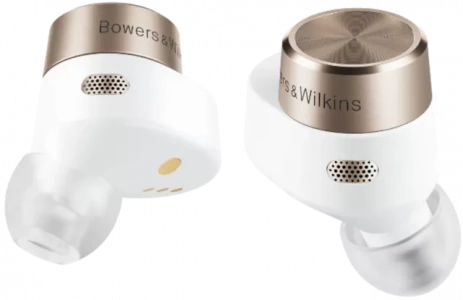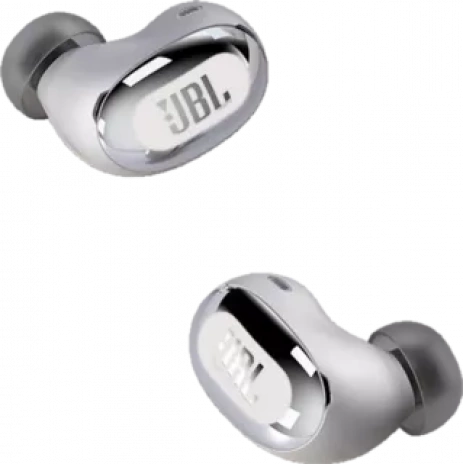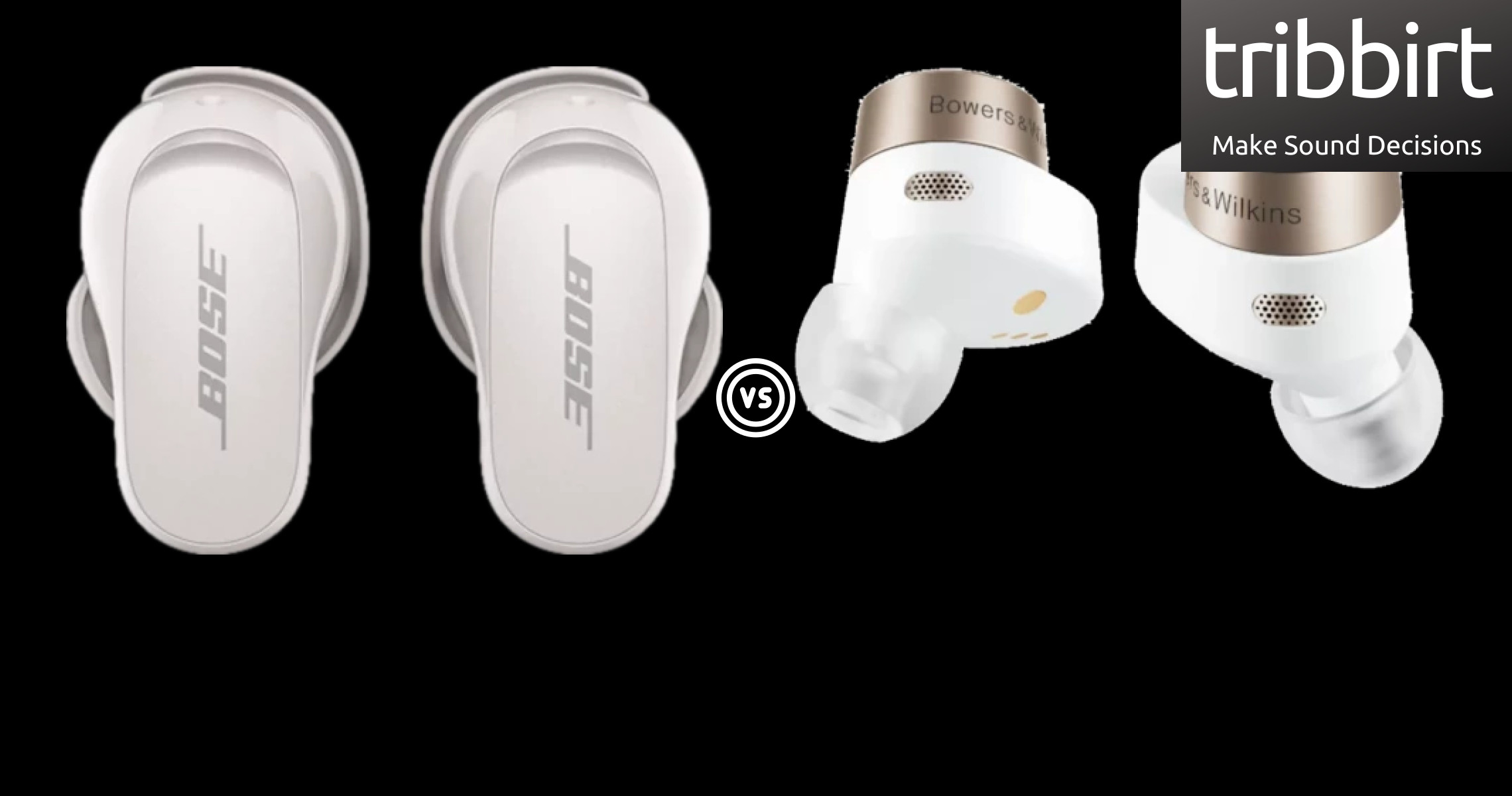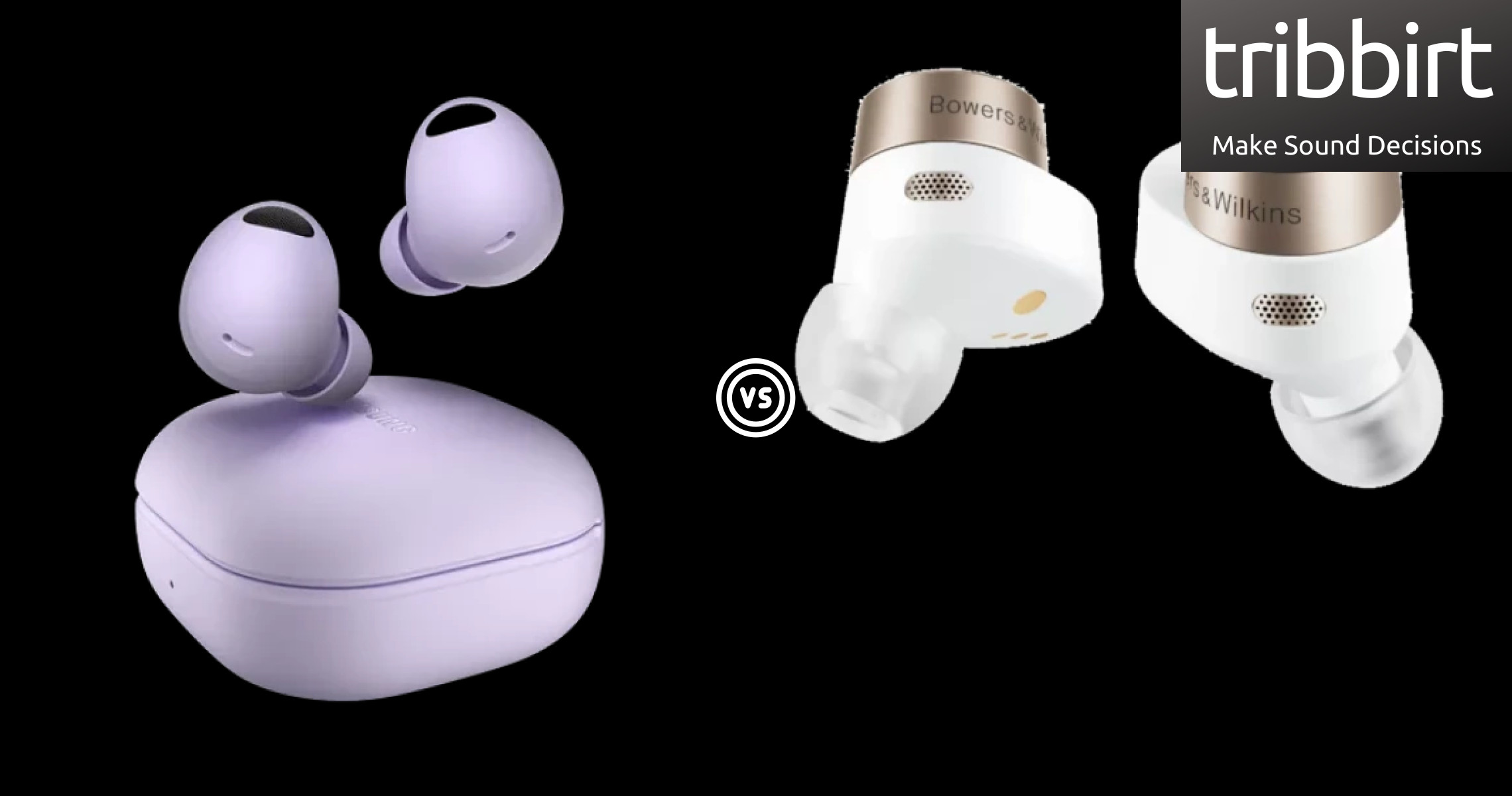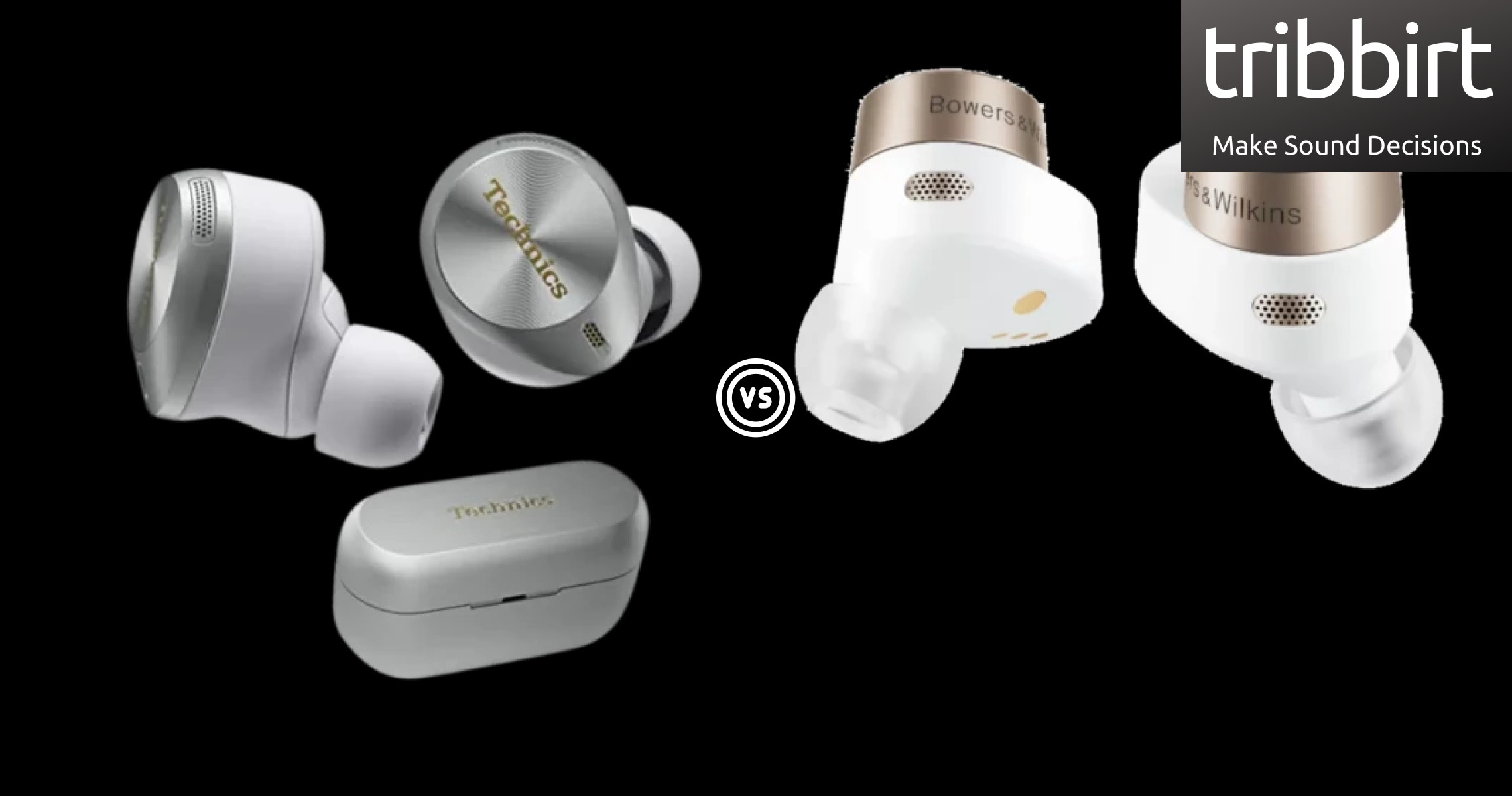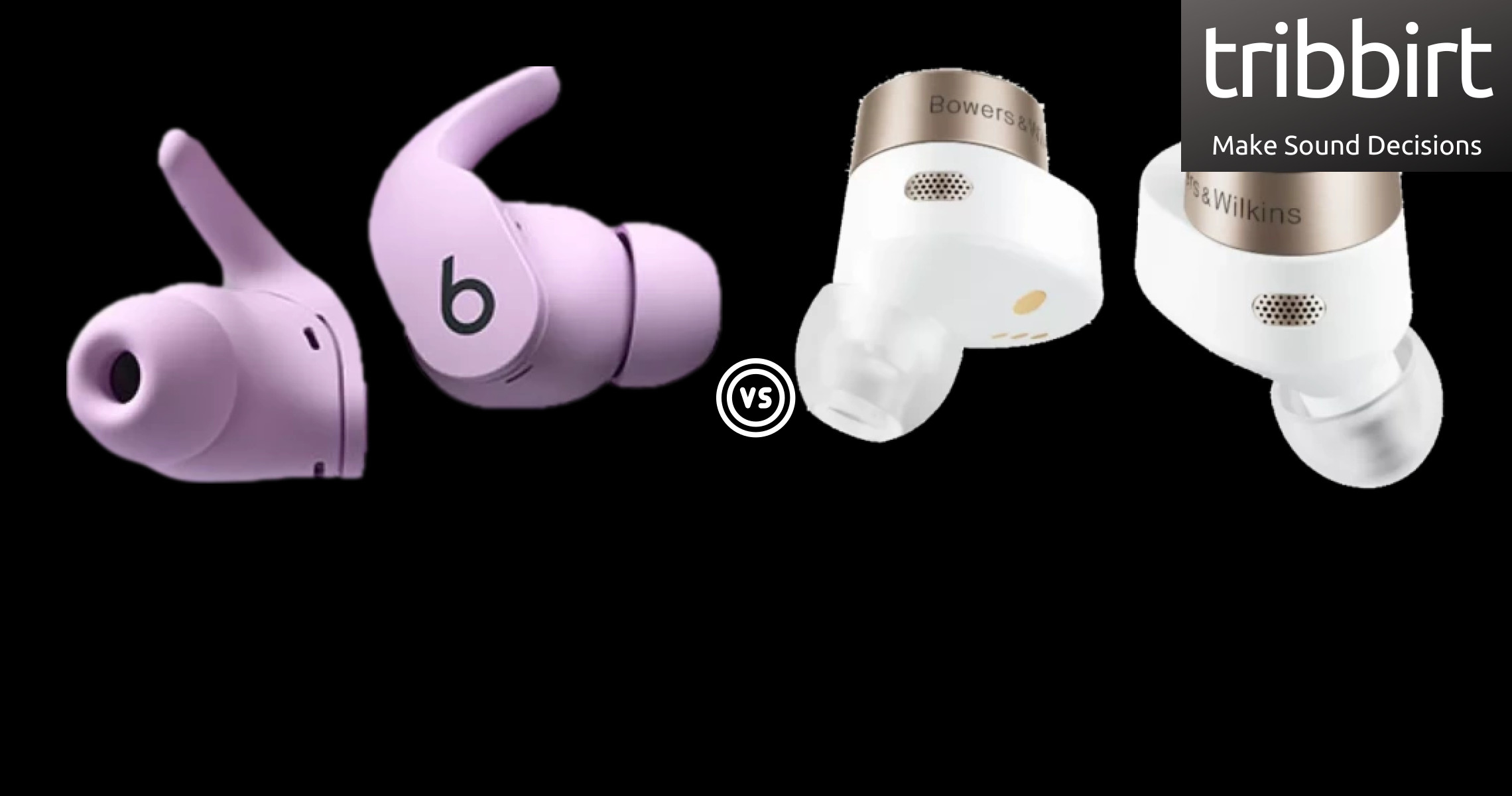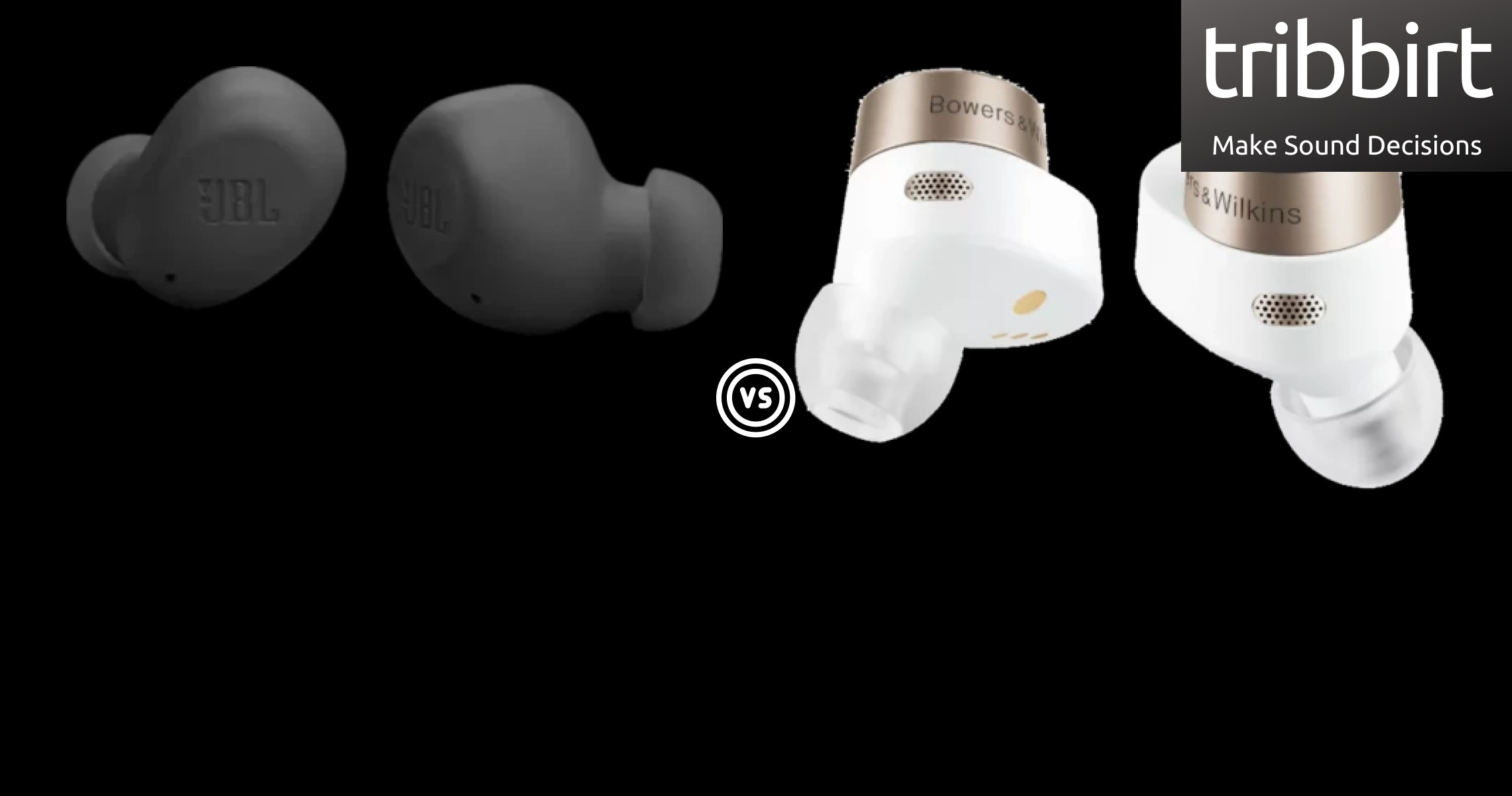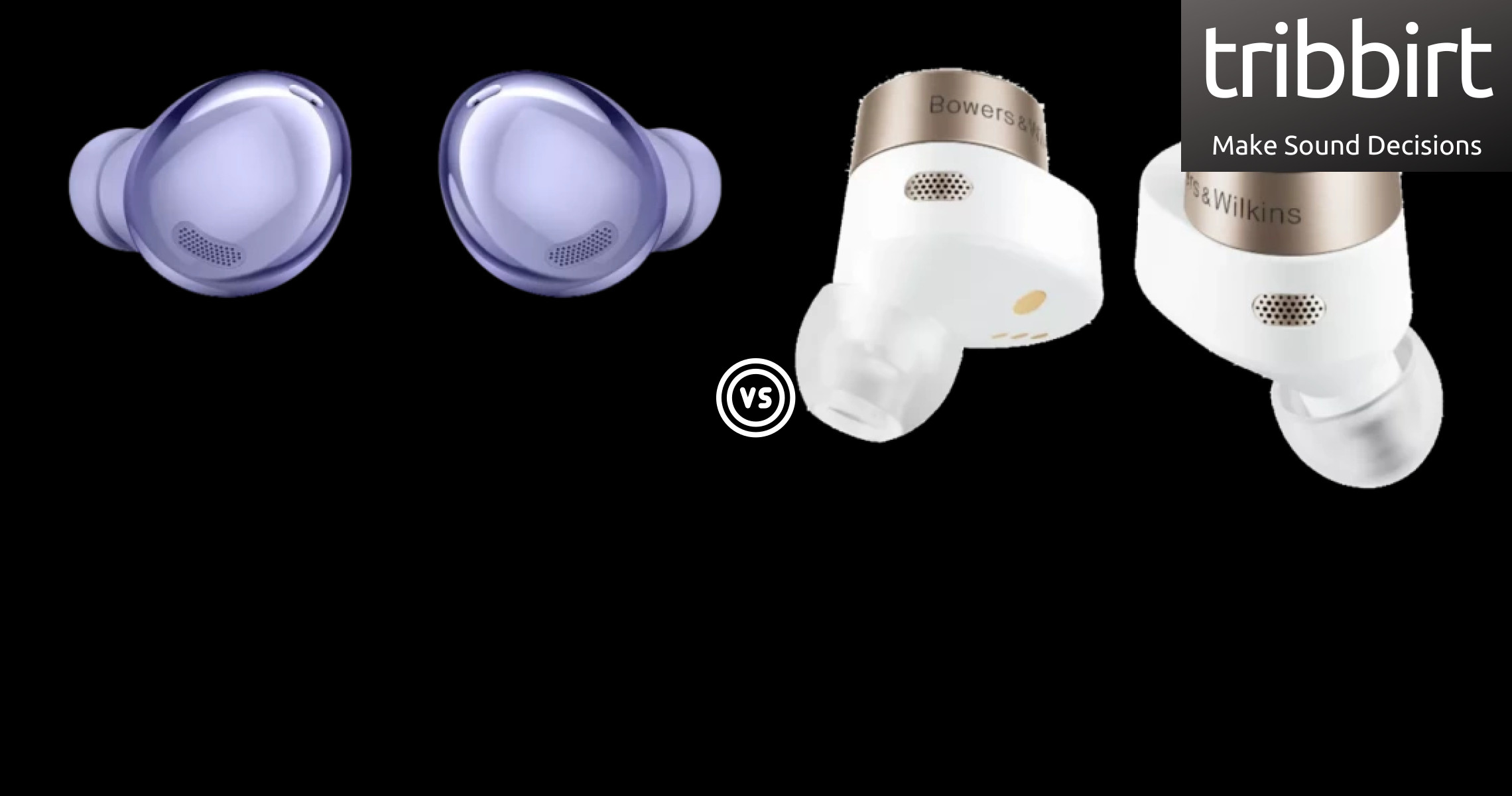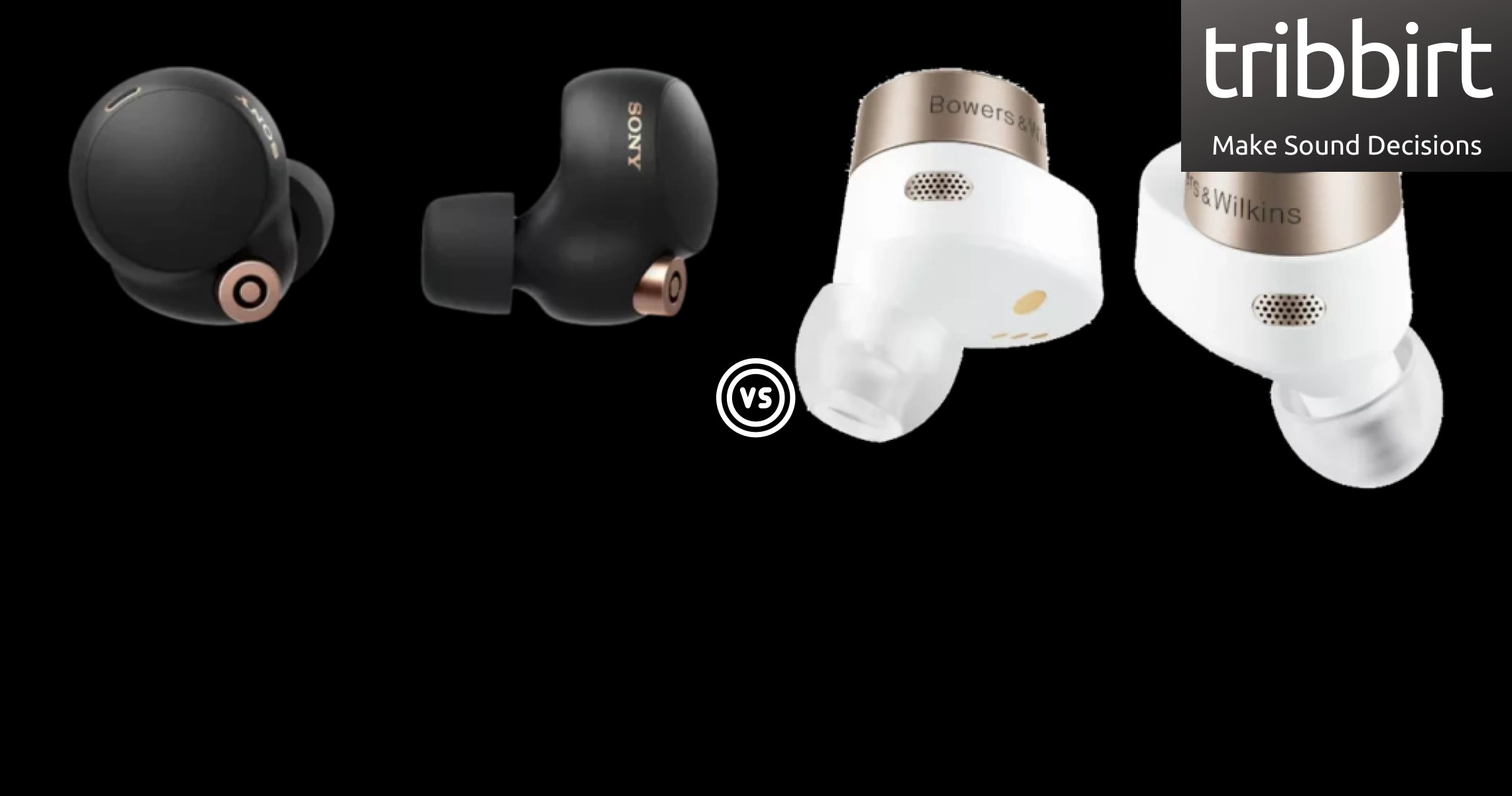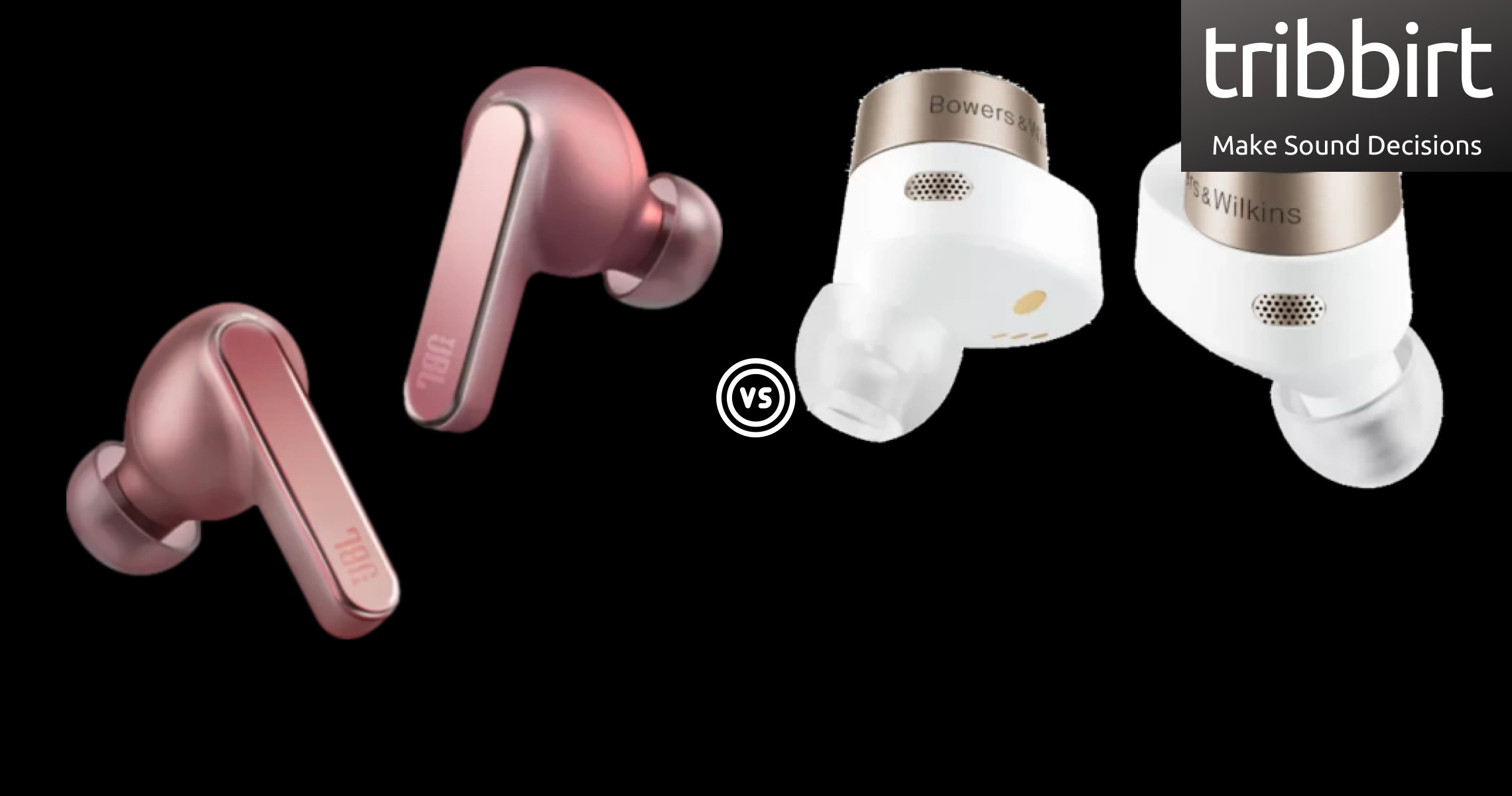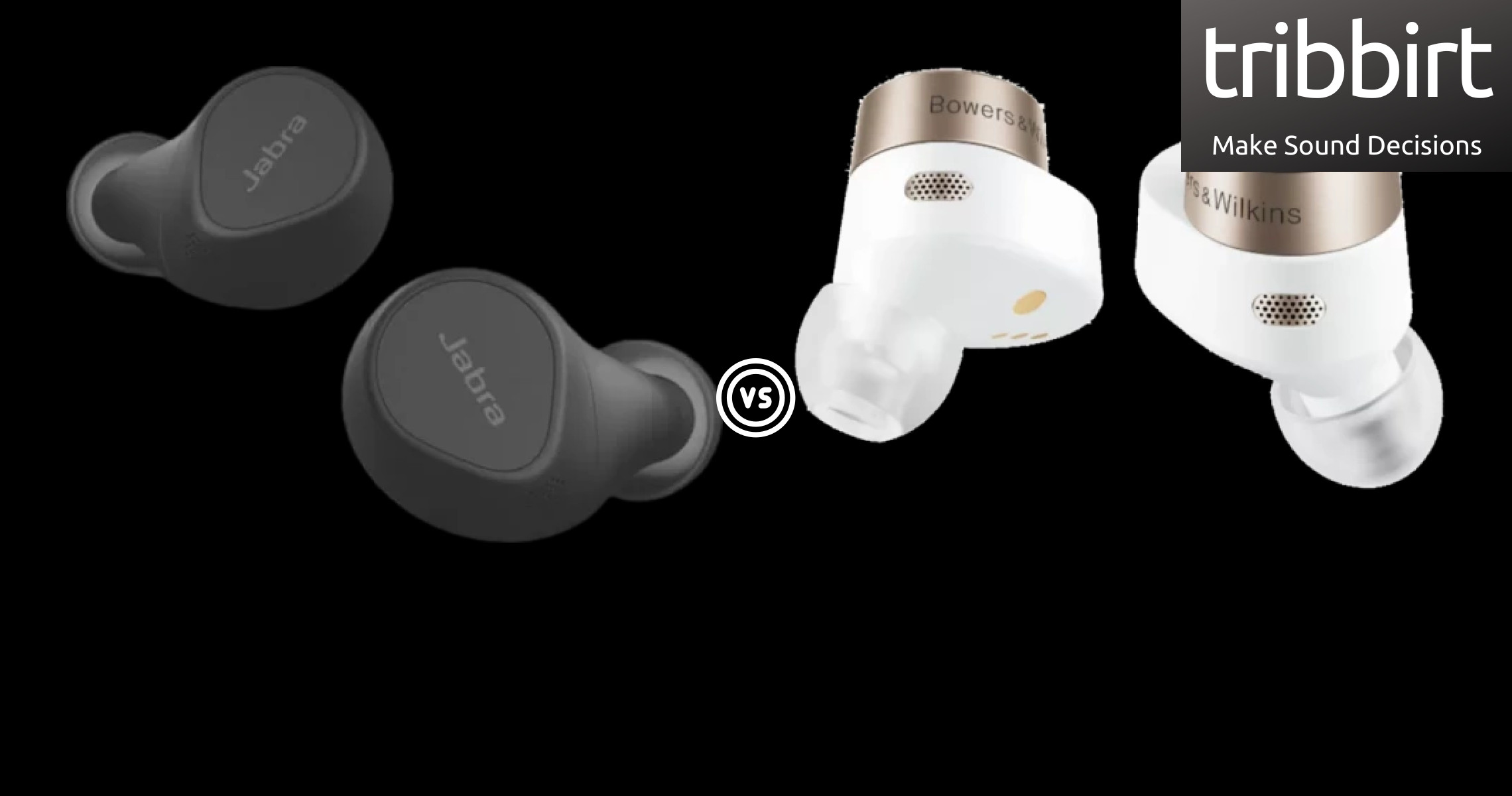Ingress protection ratings refer to the rating of protection given by an enclosure, against solids and water. In the format of IPXX, 'X' represents a number The first value of the IP rating represents protection against solids say dust, while the second refers to protection against liquids (water).
Scoring IP54, the Bowers & Wilkins PI7's rating is read as, the first number of 5 denotes that ingress of dust is not totally prevented but dust does not enter in harmful quantities to interfere with the correct operation or impair safety, and the second number of 4 means that they can withstand low pressure spray similar to that of a shower head when tilted at 180° for 10 minutes. Compared to the Bowers & Wilkins PI7, JBL Live Free 2 have a rating of IPX5 meaning that
no data available to specify a protection rating
and that of liquids is that,
Bowers & Wilkins PI7 has a lower liquid rating than JBL Live Free 2
The Bowers & Wilkins PI7 have a weight of 50g . We consider a lower weight best for the reason that lighter devices are more comfortable to carry.
JBL Live Free 2, at 9.8g
weigh less than the Bowers & Wilkins PI7 by -40.2g
True wireless devices have no wires linking any part of the device together, Bowers & Wilkins PI7 are true wireless for this case since they don't have wires. This is a major distinction since wireless earbuds have cables linking the pair of earbuds together. JBL Live Free 2 also is true wireless since it has no wires linking the 2 earbuds together.
Bowers & Wilkins PI7 have stereo speakers, devices with stereo speakers deliver sound from independent channels on both left and right sides, creating a richer sound and a better listening experience. The JBL Live Free 2 also have stereo speakers
ANC uses more advanced kind of tech to actively counter noise. How it works, it listens to the sound pattern of incoming noise and then generates a mirror signal to cancel it out.
In simple terms, it's like taking +1 (noise) and adding -1 (inverted noise) giving zero which results in a reduced level of noise.
The Bowers & Wilkins PI7 have ANC enabling you to listen at lower volume levels, good for your ears since you don't have to crank up the earbuds volume to overcome background sounds. JBL Live Free 2 too have ANC making either of the earbuds ideal for plane rides and morning commutes.
Each work with different noise cancellation types, pick the setting that you prefer for commute or that suites your chill time. Bowers & Wilkins PI7 sit well in place, this creates a sound seal that reduces your environment sounds and also prevents the device voice audio from leaking out at the same. Both JBL Live Free 2, and Bowers & Wilkins PI7 have passive noise reduction which means that they limit ambient noise without using ANC to cancel it out.
The Bowers & Wilkins PI7 driver unit is 9.2mm in diameter, bigger drivers are more powerful, therefor producing better bass. The driver unit is basically a mini speaker that makes sound in the device, its size determines the loudness of the device. JBL Live Free 2 driver unit is 11mm in diameter,
making them have a larger driver unit than that of Bowers & Wilkins PI7 by 1.8mm
, many people have a misconception that driver units of a bigger size automatically produce better sound quality.
However, large drivers find it difficult to produce high frequencies so yeah, larger drivers can generate louder sound, but this does not imply that they deliver better quality sound. Bowers & Wilkins PI7's lowest frequency is at 10Hz, low-frequency response inidcates how well an audio device produces low frequencies that can be heard, and if it makes any changes to the signal on its way through. JBL Live Free 2's lowest frequency is at 20Hz, this means that
Bowers & Wilkins PI7 can produce a juicier bass than the JBL Live Free 2
Bowers & Wilkins PI7's highest frequency is at 20,000Hz, high-frequency response indicates how well a particular audio device produces high recognizable frequencies and if it adjustments to the signal while at it.
JBL Live Free 2's highest frequency is at 20,000Hz, this means that
both devices produce equal treble
The Bowers & Wilkins PI7's battery life is 4.5 hours, these last less than 5 hours of listening which is considered average for a single charge. A device's battery life is usually given by the manufacturer, and with longer battery life, you get to use it for longer and requires fewer chargings. JBL Live Free 2's battery life is
more than that of Bowers & Wilkins PI7 by 2.5 hours
. Each time you recharge your earbuds, they get a little less listening time.
The effect is barely noticeable at first, but over time, your wireless earbuds will no longer play for long like they used to. This is given by the manufacturer, and Bowers & Wilkins PI7's case has a charge of 18 hours. A charging case with a longer battery life allows you to recharge your earbuds on the go several times before having to recharge the case itself.
JBL Live Free 2's charging case has a battery life of 28 hours,
more than that of Bowers & Wilkins PI7 by 10 hours
It requires 3 hours to fully charge the Bowers & Wilkins PI7's battery. It is highly adivsable to fully charge the battery before using the earbuds when they have been unused for long periods. The Bowers & Wilkins PI7, the device supports wireless charging.
To charge the device, you simply put down on a supported charging pad. Bowers & Wilkins PI7 have a battery level indicator, an indicator notifies you when the earbuds has a low battery. The battery indicator lights indicate the charging state of your earbuds and charging case.
JBL Live Free 2 too have a battery level indicator, charging indicators enable you determine the charging state of your device, if charged fully, or having a low battery. Bowers & Wilkins PI7 use USB TYPE-C, a standard connector for transmitting both data and power in a single cable. JBL Live Free 2 too use USB TYPE-C.
This USB-C plug is part and parcel of most current laptops, phones, and tablets. The Bowers & Wilkins PI7 have Bluetooth version of 5, Bluetooth is a wireless technology standard that enables data transfers between devices placed in range, using short-wavelength, ultra-high frequency radio waves. JBL Live Free 2 has a Bluetooth version of 5.2,
newer than that of Bowers & Wilkins PI7
. Newer versions provide faster data transfers.
Bowers & Wilkins PI7 have a 10meters distance to connect via Bluetooth. JBL Live Free 2 have a maximum range of 10meters,
equal to that of the Bowers & Wilkins PI7
Bowers & Wilkins PI7 support AAC, a codec that is used for Bluetooth audio. It supports 24-bit audio at 250kbps.
Since it uses psychoacoustic modeling, it provides better results than other codecs at a similar bit rate.
Being the highest quality codec that any Bluetooth-supporting Apple product supports, the Bowers & Wilkins PI7 will work well with your iPad. If you are planning on using these with Android , ensure that they also support aptX HD, LDAC, or LHDC as well.
The Bowers & Wilkins PI7 support APTX Adaptive, an audio codec for Bluetooth devices that are developed by Qualcomm. It has a variable bit rate (between 279kbps and 420kbps).
The Bowers & Wilkins PI7 support APTX HD, an audio codec for Bluetooth devices that are developed by Qualcomm. It supports high-quality 24-bit audio (at a bit rate of 576kbps).
The Bowers & Wilkins PI7 have 6 microphones.
While the JBL Live Free 2 microphones are 6,
equal to that of the Bowers & Wilkins PI7
. More microphones result in better sound quality and enable the earbuds to filter out background sounds. Bowers & Wilkins PI7 use a noise-canceling microphone, these microphones are made to reduce noise from the earbuds' sound. The JBL Live Free 2 too use a noise-canceling microphone.
Especially useful in noisy areas. Bowers & Wilkins PI7 support ambient sound mode, which uses microphones to channel ambient sound so that they can still be heard even while wearing the earbuds
The JBL Live Free 2 support ambient sound mode as well, helpful when you want to listen to music while being aware of your surrounding, for example when you’re having a run but would still want to hear traffic. Bowers & Wilkins PI7 have in/on-ear detection, the sensors in the earbuds can detect when they are removed from your ears .
When misplaced in a room, or can't easily find them in your bag, Bowers & Wilkins PI7 have a find earbuds feature.
The Bowers & Wilkins PI7 support fast charging. Usually, technologies like MediaTek’s Pump Express, are used to reduce the time it takes to fully charge the earbuds. Also the JBL Live Free 2 too support fast charging.
It's very similar to regular charging, just that the battery is filling up much faster. Say, with Quick Charge 3.0, the battery can be charged to 50% in just 30 minutes. The Bowers & Wilkins PI7 have a mute function, they have the feature to mute/unmute a conversation directly from the device.
The JBL Live Free 2 also support this function. It means that you are in position turn off the earbuds' microphone, but still hear the other party's voice. The Bowers & Wilkins PI7, so you can access the volume control, pause, play, mute, etc whichever features are supported on the device.
The JBL Live Free 2 too have a control panel on them. The Bowers & Wilkins PI7 have voice prompts. Automatically receive information through audio messages, like if there is an issue with the connection.
JBL Live Free 2 too have voice prompts .i.e the device will notify you if the battery is low, and it's time to recharge them. The Bowers & Wilkins PI7 come with a special pouch. Carrying earbuds without a case, or putting them inside your pockets without a casing can easily damage them.
JBL Live Free 2 also have a travel bag included, which is useful for safe transportation.
